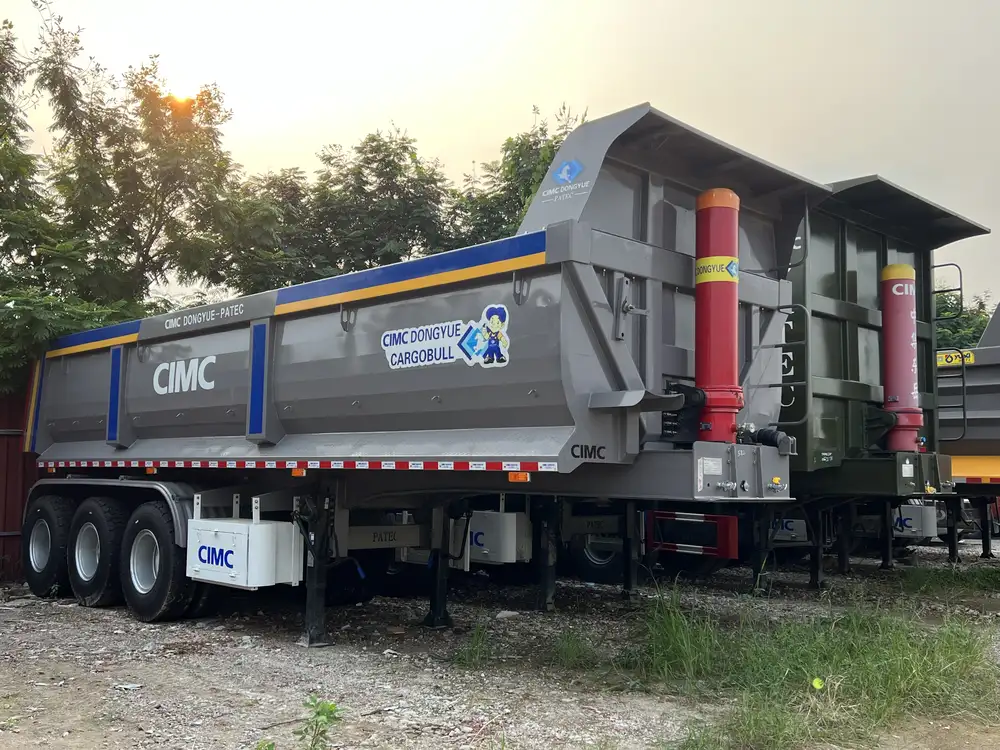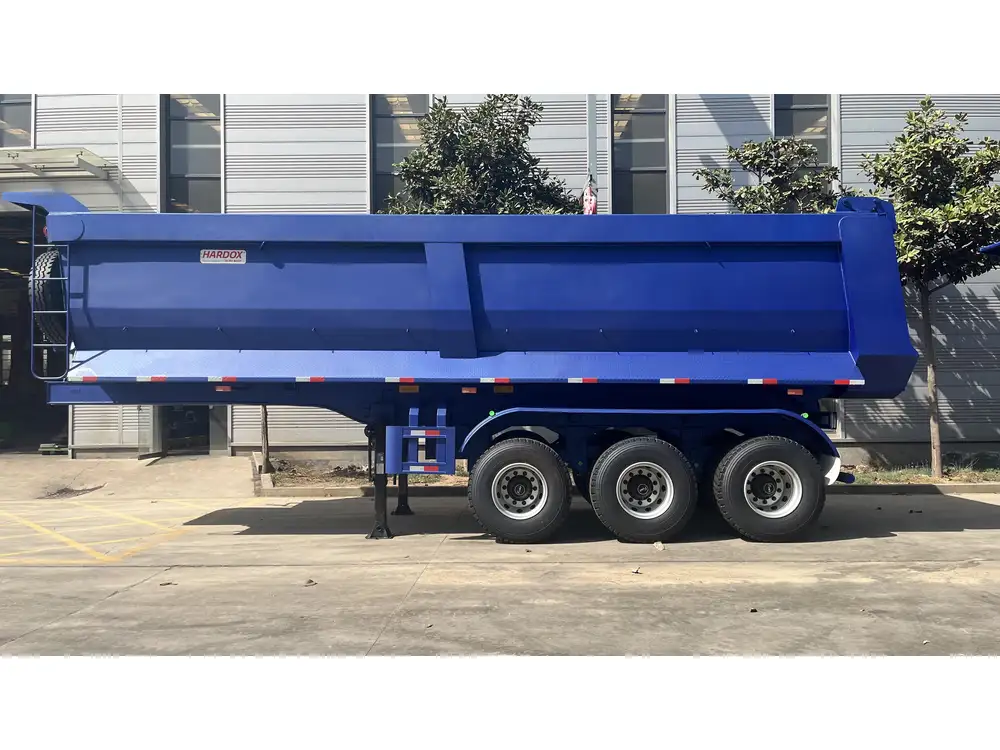When it comes to the transportation of fuel, especially gasoline, the tanker truck stands out as a critical component in the supply chain. This article aims to dissect the nuances of tanker truck capacities, focusing extensively on how many gallons of gasoline can be transported in these mobile behemoths.
Overview of Tanker Trucks
Types of Tanker Trucks
Tanker trucks are designed to carry liquids, but not all fuel trucks are created equal. Their designs, structures, and capacities can vary significantly based on the manufacturer and the intended use. Here’s a brief overview of the primary types of tanker trucks:
| Type of Tanker Truck | Description | Typical Capacity (Gallons) |
|---|---|---|
| Standard Fuel Tanker | Used primarily for transporting gasoline and diesel. | 6,000 – 11,000 gallons |
| Vacuum Tanker | Designed to carry sewage or other waste materials. | 1,500 – 5,000 gallons |
| Food Grade Tanker | Used for transporting liquid food products. | 5,000 – 7,000 gallons |
| Chemical Tanker | Used for transporting hazardous materials. | 3,000 – 6,000 gallons |

Structure of a Tanker Truck
Tanker trucks have a cylindrical tank that allows for a maximized volume capacity. The tank is typically constructed from materials like aluminum or stainless steel to ensure durability and prevent corrosion. It is equipped with various compartments, which allow for multi-product delivery and the maintenance of product integrity.
Determining Capacity: Standard Configurations
Average Capacity of Tanker Trucks
The average gasoline tanker truck has a capacity ranging from 6,000 to 11,000 gallons. Understanding this average is crucial for logistics, distribution planning, and managing supply chains effectively.

Size Variations and Factors Affecting Capacity
While the average gives a broad estimate, the actual capacity of a tanker truck can be influenced by several factors, including:
- Type of Tanker: The volume capacity will vary depending on whether the tanker is meant for standard fuel, chemicals, or food-grade transport.
- Local Regulations: Regulatory rules regarding weight limits can impact how much fuel a tanker can legally transport.
- Design and Manufacturer: Certain manufacturers may offer models with configurations that allow for larger or smaller capacities.
Comparative Overview of Gallon Capacities
To illustrate how gallon capacities can differ among various tanker truck types, consider the following table:
| Truck Type | Typical Capacity (Gallons) | Primary Use |
|---|---|---|
| Full-fledged Gasoline Tanker | 7,500 – 10,000 | Transportation of gasoline |
| Diesel Tanker | 6,000 – 10,000 | Diesel transportation |
| Small Delivery Truck | 2,000 – 3,000 | Local gas station deliveries |
Compartmentalization for Efficiency
Many modern tanker trucks are designed with multiple compartments, allowing for the transportation of different fuels simultaneously without the risk of cross-contamination. A typical compartmentalized truck might have several 1,500-gallon compartments, enabling operators to transport multiple fuel types in one trip efficiently.

The Economic and Ecological Impact of Tanker Truck Operations
Cost Efficiency in Fuel Transportation
The operational efficiency of tanker trucks is fundamentally tied to their capacity. When considering fuel transportation costs, more extensive configurations reduce the price per gallon delivered. For example, using a larger tanker truck could mean fewer trips required to transport the same volume of fuel, thus minimizing labor and fuel costs.
Environmental Considerations
With rising concerns over environmental sustainability, manufacturers and operators are looking to adopt greener practices in tanker trucking. These practices include:
- Implementing energy-efficient routes that reduce fuel consumption.
- Using advanced telemetry systems to optimize load distribution and driving patterns.

Innovations and Future Trends
As technology continues to evolve, smarter tanker trucks equipped with GPS tracking, real-time monitoring of fuel quantities, and automated loading systems are becoming standard. These innovations not only improve efficiency but also enhance safety for drivers and protecting the environment during transportation.
Conclusion: The Role of Tanker Trucks in Global Fuel Delivery
Understanding the capacity of tanker trucks, specifically how many gallons of gasoline they can transport, is vital for several industries, from logistics to fuel distribution. By adhering to regulations and employing efficient vehicles, companies can streamline operations and contribute to sustainable practices within the fuel industry.
Having delved into how many gallons of gasoline fit in a tanker truck, we recognize the complexity surrounding their design and operation. As we move forward, it becomes essential to keep abreast of innovations, regulatory changes, and best practices in tanker truck usage to ensure a reliable fuel supply chain supporting our economy.
Additional Considerations
- Industry Regulations: Review of how federal and state regulations impact tank design and operational capabilities.
- Safety Measures: Examination of safety protocols necessary for transporting hazardous materials.
- Future of Fuel Transportation: Insights into the potential shift towards alternative fuels and their implications for the tanker truck industry.
Understanding these various aspects is essential for anyone involved in logistics, fuel distribution, and transportation planning, ensuring efficacy and compliance while contributing positively to the industry’s evolution.



